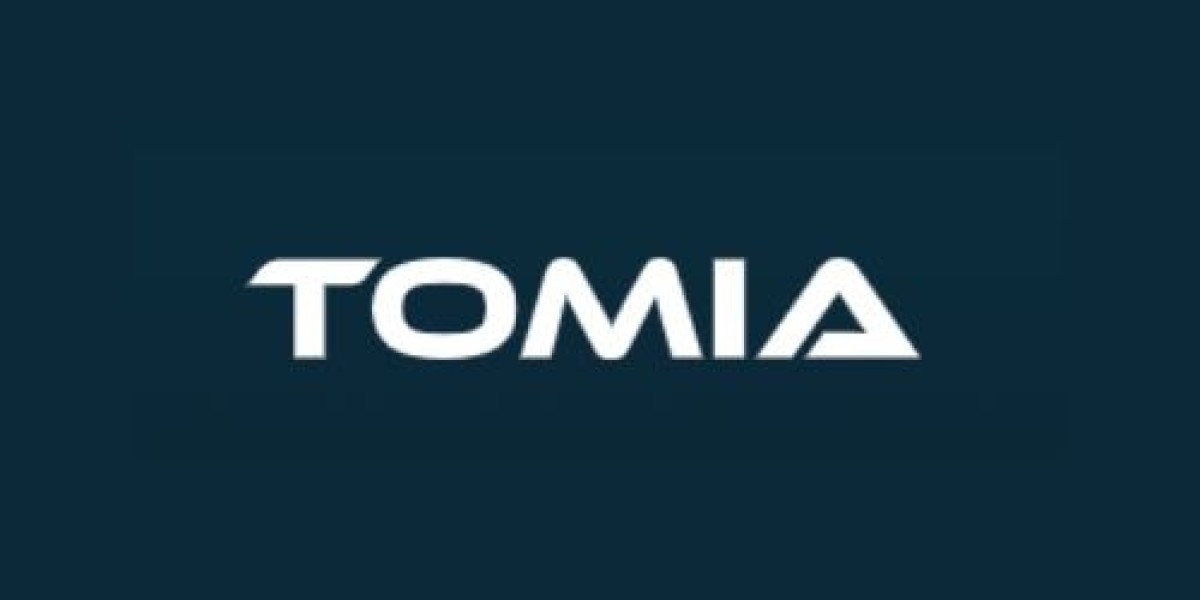Introduction
Neuromyelitis optica spectrum disorder (NMOSD) is a rare yet severe autoimmune disease that primarily affects the optic nerves and spinal cord, leading to vision loss, paralysis, and severe disability. Previously misdiagnosed as multiple sclerosis (MS), NMOSD has gained greater recognition due to advancements in diagnostic techniques and targeted therapies. The Neuromyelitis Optica Spectrum Disorder (NMOSD) market is witnessing significant growth, driven by increased awareness, rising diagnostic rates, and the approval of novel biologics.
Understanding NMOSD and Its Impact
NMOSD is an inflammatory demyelinating disease where the immune system attacks the central nervous system (CNS), leading to relapses that can cause cumulative neurological damage.
Key Symptoms:
Sudden vision loss (optic neuritis)
Severe weakness or paralysis (myelitis)
Uncontrollable nausea, vomiting, or hiccups (area postrema syndrome)
Painful spasms and bladder dysfunction
The disorder is more prevalent in women, and its progressive nature requires early and accurate treatment to prevent long-term disabilities.
Market Growth Drivers
The NMOSD treatment market is expanding due to multiple contributing factors:
1. Growing Prevalence and Improved Diagnosis
Earlier, NMOSD was often misdiagnosed as MS, leading to inappropriate treatments.
Advances in biomarker-based diagnostics, particularly AQP4-IgG antibody testing, have significantly improved disease detection.
2. Breakthroughs in Targeted Biologic Therapies
Traditional NMOSD treatments involved steroids and immunosuppressants, which had limited effectiveness.
Newly approved monoclonal antibodies (mAbs) like Eculizumab (Soliris), Inebilizumab (Uplizna), and Satralizumab (Enspryng) have revolutionized treatment by reducing relapse rates and preventing long-term disability.
Challenges and Barriers
Despite advancements, the NMOSD market faces certain challenges:
1. High Cost of Treatment
Biologic therapies like Eculizumab and Inebilizumab are expensive, with annual treatment costs exceeding $400,000 per patient.
Many patients struggle with insurance coverage and reimbursement issues.
2. Limited Awareness in Developing Regions
Many patients in Asia, Africa, and Latin America remain undiagnosed or untreated due to a lack of specialized diagnostic facilities.
Educational programs are needed to improve clinical recognition and early diagnosis.
3. Side Effects of Long-Term Immunosuppressive Therapy
Biologic drugs, while effective, carry risks of serious infections, liver dysfunction, and increased cancer risk.
Long-term safety studies are still underway for newer NMOSD treatments.
Regional Market Trends
North America leads the market due to high diagnosis rates, advanced healthcare infrastructure, and government support for rare disease research.
Europe is also expanding, with strong clinical research and pharmaceutical investments.
Asia-Pacific is emerging as a high-growth region, driven by improved healthcare accessibility and increasing clinical awareness.
Future Market Outlook
Personalized medicine and precision drug targeting will enhance treatment outcomes and minimize side effects.
Biosimilars of existing biologics may reduce treatment costs, improving patient accessibility.
Artificial intelligence (AI) in diagnostics could help differentiate NMOSD from MS more accurately and efficiently.
Conclusion
The Neuromyelitis Optica Spectrum Disorder (NMOSD) market is evolving rapidly with biologic innovations, improved diagnostic techniques, and rising disease awareness. With continued research and expansion of affordable treatment options, NMOSD management is expected to become more effective and accessible globally.








